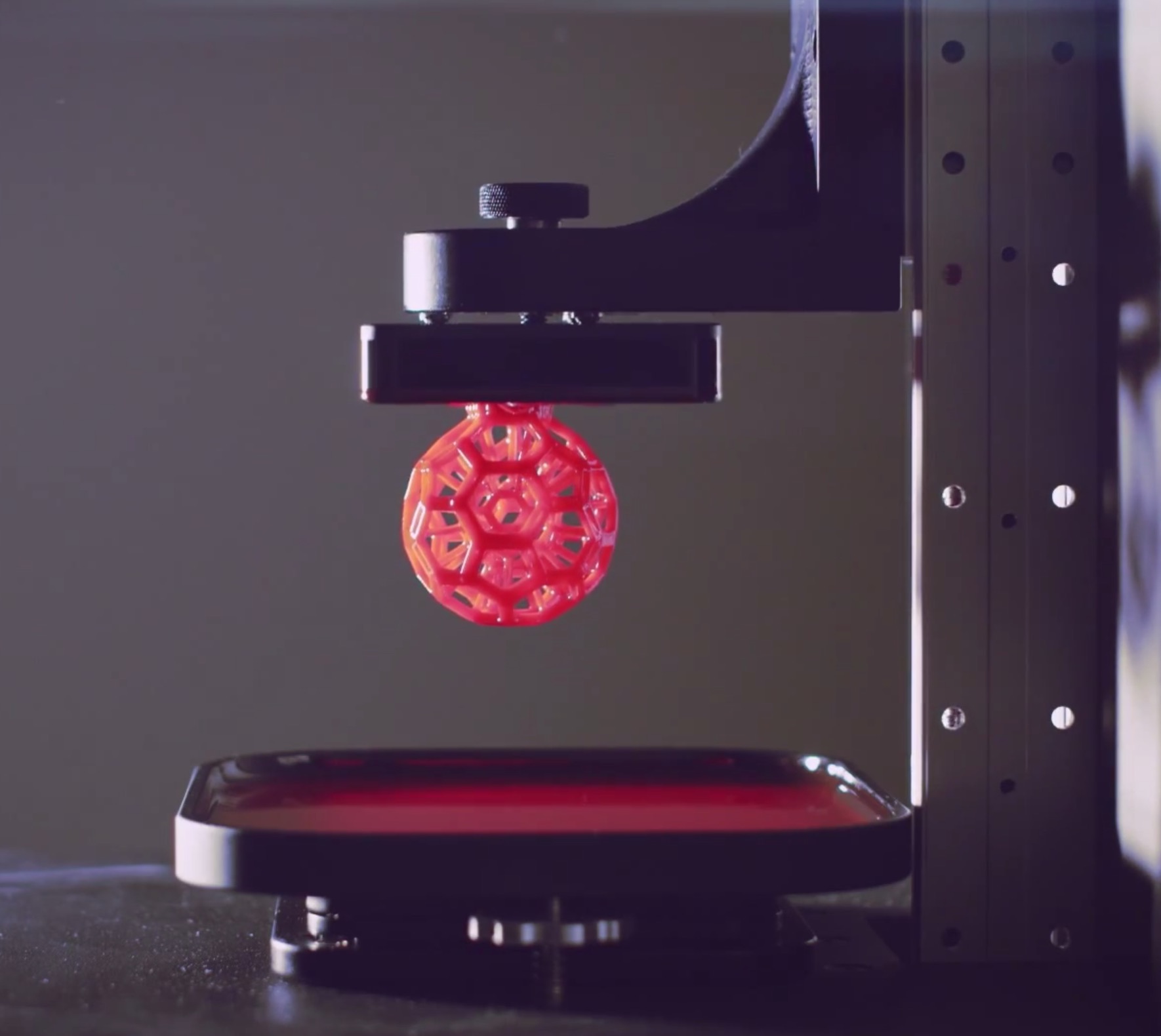
Autodesk, Inc. announced an investment of $10 million in Carbon3D from the Spark Investment Fund.
Carbon3D certainly sent a polarizing wave through the industry when it unveiled it’s Continuous Liquid Interface Production technology (CLIP) at TED 2015 in March. Inspired by the way the T-1000 grew into it’s shape from a puddle of liquid metal in Terminator 2, the CLIP method was a direct rebuke to frustrating limitations across the 3D printing industry with respect to speed, mechanical properties and available materials. It was also a rebuttal to claims that 3D printing was generally reserved only for prototyping and printing novelty items by illuminating a clear path to the production of commercial quality parts quickly and reliably.
The Spark Investment Fund was announced by Autodesk in 2014 with the goal of investing $100 million in “entrepreneurs, innovators and startups who push the boundaries of 3D printing.” The fund was created as a realistic appraisal from Autodesk to help overcome the obstacles (speed, price, reliability) that were preventing or inhibiting the growth of 3D printing technology.
“We started the Spark Investment Fund to help drive the 3D printing industry forward,” said Carl Bass, Autodesk president and CEO. “Carbon3D embodies the innovation that’s required to change how products are made. The incredible speed of its CLIP technology makes 3D printing accessible for true manufacturing, beyond the prototyping and the one-offs we see it being used for now.”
Current layer-by-layer 3D printing technology can be painfully slow and almost comical (or incredibly frustrating) in the way it can fail just before a long print is finished. The parts have unreliable mechanical properties which leaves them weak and unreliable.
Carbon 3D invented a “tunable photochemical process” called CLIP technology, to replace the current mechanical technique. The results were pretty sensational, as they eliminated at least two major hurdles (speed and reliability) to transform 3D models into physical objects at 25x-100x the speed of the current 3D printers. By balancing and precisely modifying the interaction between UV light (which triggers photo polymerization), and oxygen (which inhibits the reaction), CLIP continuously grows molecularly solid and reliable objects from a pool of resin with much greater speed.
Read more at ENGINEERING.com

